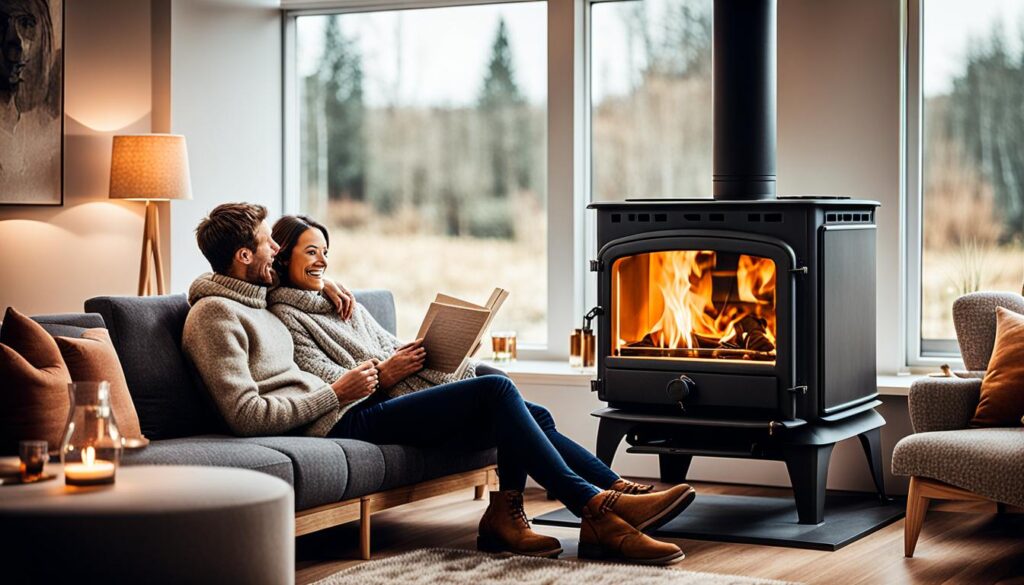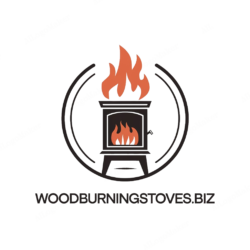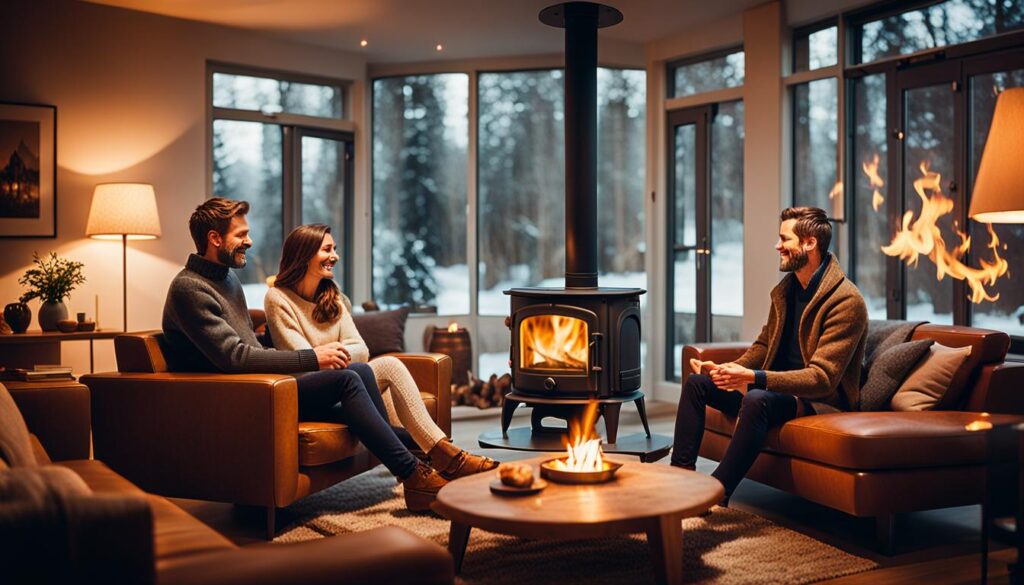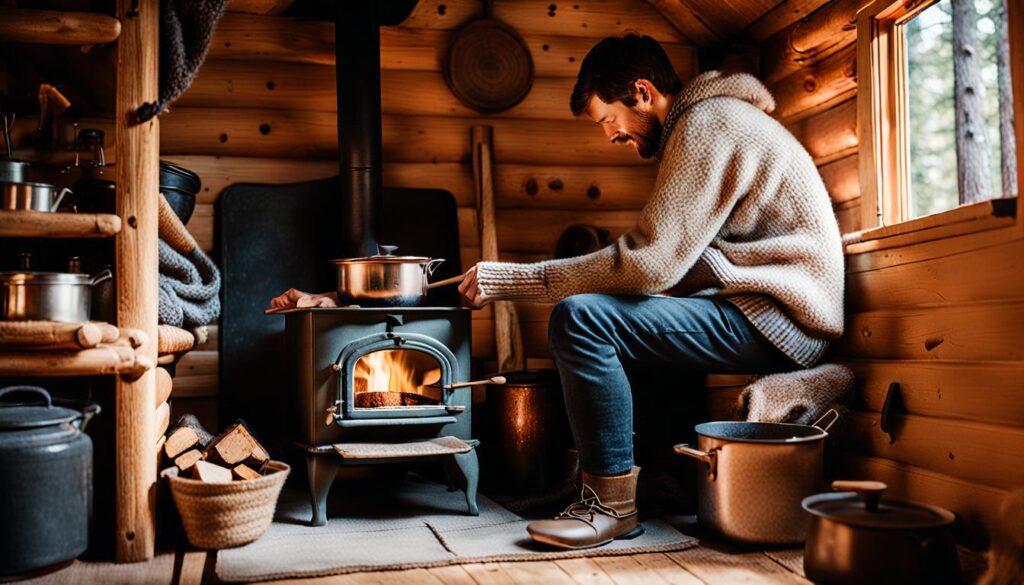Finding the Perfect Wood Stove for Your Home
As the quest for sustainable and cost-effective heating solutions continues, wood stoves have emerged as a popular choice for many homeowners. Not only do they provide a cozy warmth, but they also offer a renewable energy source, reducing reliance on fossil fuels. However, with the myriad of options available, selecting the right wood stove tailored to your heating needs can be daunting. This guide is designed to walk you through the key considerations, introducing you to a valuable tool along the way, to ensure your wood stove choice is nothing short of perfect for your home.

Step 1: Assess Your Heating Needs
Before diving into the world of wood stoves, it’s crucial to understand how much heat your home requires. This involves considering several factors:
- Square Footage: The size of the area you want to heat.
- Insulation Quality: Well-insulated homes retain heat better. Consider factors like attic insulation, wall insulation, and double-glazed windows.
- Climate: Colder regions require more powerful heating solutions. If you live in an area with harsh winters or mild winters, adjust your expectations accordingly.
- Desired Temperature: Your comfort level in terms of indoor temperature, especially in living areas versus bedrooms.
Introducing the Heating Calculator: Your Personalized Heating Solution Finder
To simplify this process, we recommend utilizing a Heating Calculator. This tool allows you to input your home’s specifics (square footage, insulation type, average winter temperature in your area, and desired indoor temperature) to receive an estimated BTU (British Thermal Units) requirement. Knowing your BTU needs is key to selecting a wood stove that’s neither underpowered nor wastefully oversized.
Example Use Case:
| Input | Example Value |
|---|---|
| Square Footage | 1,200 sqft |
| Insulation Quality | Medium |
| Average Winter Temperature | 35°F (2°C) |
| Desired Indoor Temperature | 72°F (22°C) |
| Output: Estimated BTU Requirement | 30,000 BTU |
Wood Stove Heat Calculator
Room Dimensions and Layout
Environmental Factors
Stove Specifications
Heat Analysis
Room Volume: 0 cubic feet
Required Heat: 0 BTU/hour
Stove Actual Output: 0 BTU/hour
Step 2: Wood Stove Types – Which Suits You Best?
Wood stoves come in various designs, each with its unique benefits:
- Traditional/Freestanding Stoves: Classic look, can be placed anywhere with proper clearance requirements.
- Insert Stoves: Designed to fit into existing fireplaces or wood burning stove chimneys, enhancing efficiency.
- Pellet Stoves: Eco-friendly, using compressed wood pellets, ideal for those seeking minimal ash and smoke production.
- Catalytic and Non-Catalytic Stoves: Catalytic stoves offer more efficiency but require occasional catalyst replacement.
| Stove Type | Pros | Cons |
|---|---|---|
| Traditional/Freestanding | Aesthetic Appeal, Flexibility in Placement | Space Requirements, Lower Efficiency Compared to Inserts |
| Insert | High Efficiency, Utilizes Existing Fireplace | Limited Placement Options, Higher Upfront Cost |
| Pellet | Environmentally Friendly, Low Maintenance | Dependence on Electricity, Higher Operating Costs |
| Catalytic | High Efficiency, Lower Emissions | Catalyst Replacement Needed, Generally More Expensive |
| Non-Catalytic | Lower Upfront Cost, No Catalyst Replacement | Lower Efficiency, Higher Emissions |
Step 3: Efficiency, Emissions, and Safety Features
- Efficiency Ratings: Look for stoves with high AFUE (Annual Fuel Utilization Efficiency) ratings.
- Emissions Standards: Opt for stoves compliant with EPA (Environmental Protection Agency) emissions standards to reduce your environmental footprint.
- Safety Features: Ensure your stove has a robust build, secure door latch system, and consider stoves with automatic shut-off for enhanced safety, especially in homes with pets or children.
Step 4: Budgeting – Purchase, Installation, and Ongoing Costs
- Purchase Price: Varies widely based on type, size, and features. Compare prices from different manufacturers.
- Installation Costs: Can add significant expense, especially for inserts requiring masonry work or chimney installation.
- Ongoing Annual Costs: Wood fuel costs, occasional maintenance and repair, and potential catalyst replacements.
| Cost Aspect | Estimated Range | Notes |
|---|---|---|
| Purchase Price | $800 – $3,500+ | Depends on stove type and quality |
| Installation Costs | $500 – $2,000+ | Varies greatly depending on installation complexity |
| Ongoing Annual Costs | $500 – $1,500 | Based on wood consumption and maintenance needs |
Step 5: Warranties, Customer Support, and Local Regulations
- Warranty Period: A comprehensive warranty (5+ years) can offer peace of mind.
- Customer Support: Responsive customer service can be invaluable for troubleshooting and repair services.
- Local Building Codes and Emissions Regulations: Ensure your chosen stove complies with state and local regulations regarding wood stove installations.
Additional Considerations for Specific Needs
- Off-Grid Living: Consider stoves with battery backup for pellet stoves or manual ignition for traditional stoves.
- Small Spaces: Look into compact wood stoves designed for tiny homes, RVs, or small cabins.
- Allergy Concerns: Opt for stoves with advanced air filtration systems to minimize indoor air pollution.
Conclusion – Finding Your Perfect Match
Choosing the right wood stove for your heating needs is a multifaceted decision. By carefully assessing your heating requirements, exploring the various types of wood stoves, prioritizing efficiency and safety, budgeting for all costs, ensuring compliance with local regulations, and considering additional needs, you’ll be well on your way to enjoying the warmth and sustainability a wood stove can offer. Don’t forget to leverage tools like the Heating Calculator to personalize your approach. Happy heating!


